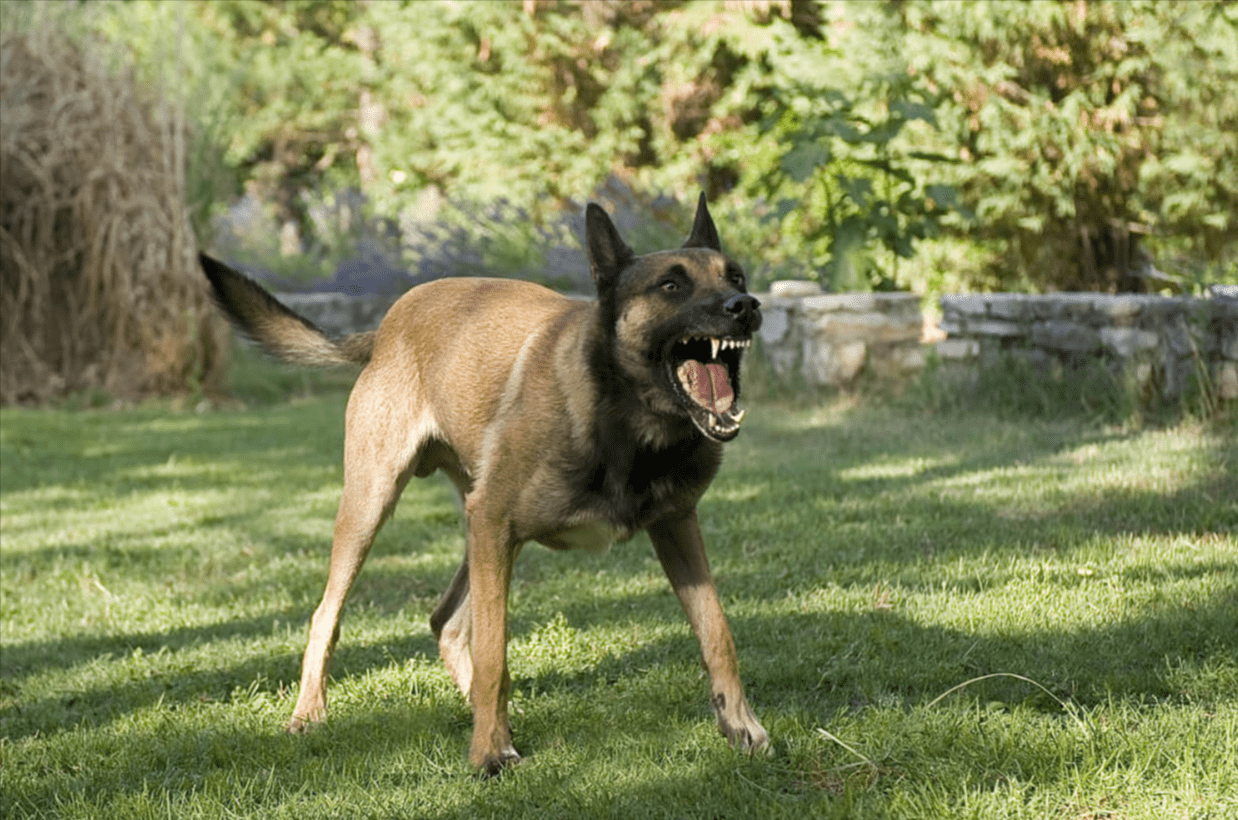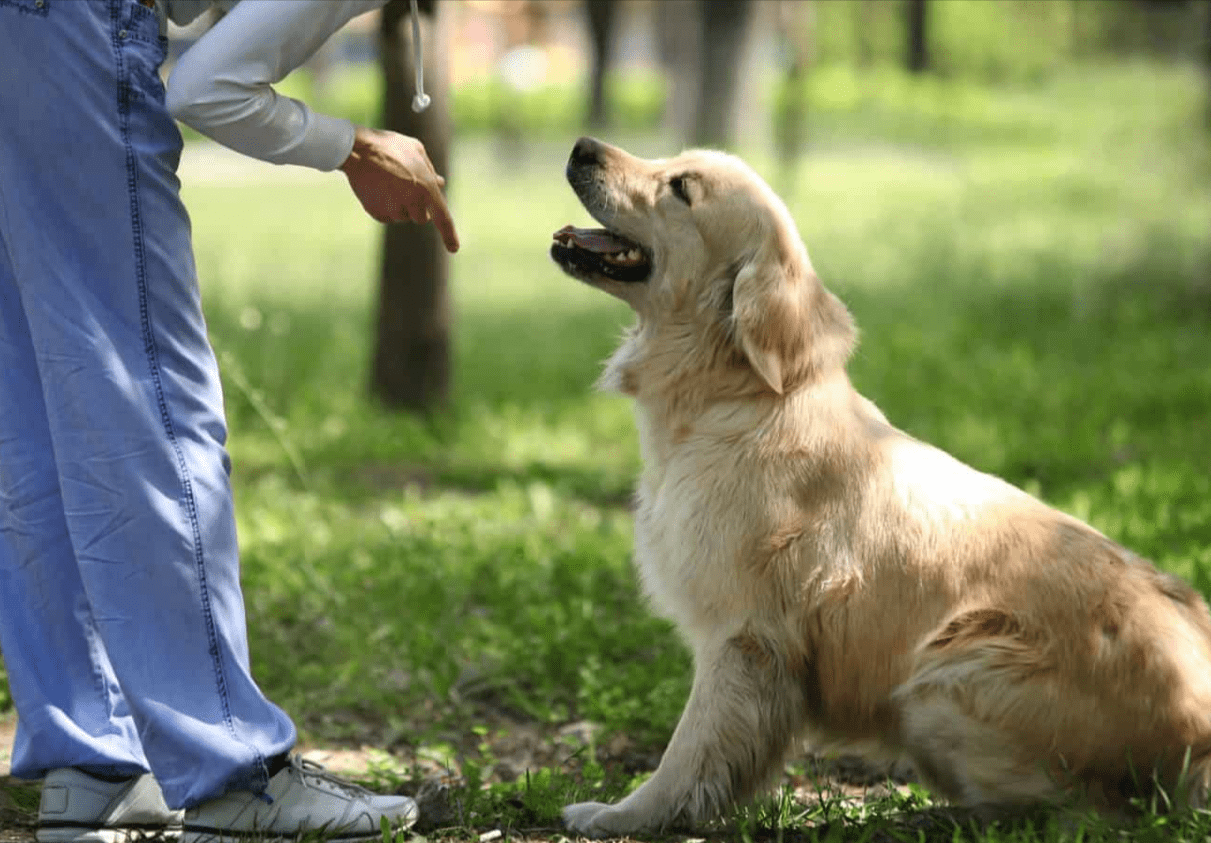Territorial Behavior in Dogs: When the mail carrier arrives, the dog barks. When another dog passes by on the sidewalk, the dog barks. A squirrel in the yard? The dog barks. Does this sound familiar? If so, your dog may be exhibiting territorial behavior. Rest assured, this is a common trait among dogs. Although different breeds may exhibit varying degrees and signs of territorial aggression, it’s a natural behavior that has been observed in dogs throughout their history.
Territorial behaviors are rooted in survival instincts. Protecting territory and hoarding resources such as food, toys, and other valued items have been ingrained in dogs for centuries, as these behaviors enhance their chances of survival. However, if your dogs are like mine and spend most of their time indoors on the couch, the threats to their survival—such as sharing toys—are minimal.
While some territorial behaviors, such as alerting their owners to potential threats like strangers, can be beneficial, others are less advantageous. Here are a few tips for addressing and managing your dog’s territorial behaviors.
What Triggers Aggressive Territorial Behavior in Dogs?
In addition to instinctual tendencies, several factors can contribute to a dog displaying territorial behaviors. These may include insufficient early socialization, sexual maturity, environmental influences, inbreeding, pack mentality, or an underlying medical condition.
How to Identify Territorial Behavior in Dogs?
Aggressive territorial behaviors can present in various forms and at different times. It’s crucial to understand that biting is not the only indicator of aggressive territorial behavior. Many warning signs precede biting, signaling potential territorial aggression. Some of these signs include:
- Lunging
- Aggressive barking
- Snapping
- Biting
- Freezing in place
- Growling
Although each of these behaviors is concerning and requires attention, there are strategies to manage the situation. While you may not be able to completely “cure” your dog, you can work towards developing improved behaviors through consistent effort.
Strategies for Dealing with Territorial and Aggressive Behaviors
Recognizing that your dog may exhibit aggressive behavior is the first step in managing and improving these issues. As you begin working on these behaviors, keep in mind that dog training is a gradual process and can sometimes be frustrating. Adopting a patient, steady approach and managing your expectations is key. With that in mind, here are a few tips for reducing aggressive territorial behavior :
1. Begin with fundamental obedience training: Teaching your dog basic obedience skills can be valuable during stressful situations and provides a foundation for more advanced training in the future.
2. Focus on strong recall training: This involves teaching your dog to come to you when called, a crucial skill for managing their behavior. Start by practicing this command indoors where there are fewer distractions. As your dog becomes more reliable with their recall, gradually move the training outside, using a long leash to maintain control in the yard.
3. Implement “Nothing in Life Is Free” training. Once your dog has mastered basic behaviors, you can introduce the “Nothing in Life Is Free” approach. This training method teaches your dog that all rewards, such as food and treats, come from you and must be earned through good behavior. This approach helps address territorial tendencies by reinforcing that your dog needs to work for the resources they desire, rather than expecting them to be given freely.
4. Teach your dog to be quiet. Territorial dogs often react with noise when they sense a threat to their territory. To help your dog learn to remain calm, use a specific command word to signal that they should quiet down. Begin training in a distraction-free indoor environment, and gradually introduce more distractions as your dog becomes more adept at responding to the command.
5. Address your dog’s overall anxiety. While training is highly beneficial, territorial dogs often experience significant anxiety. To help manage this anxiety, consider using various aids such as puzzle toys, calming collars, compression shirts, and durable chew toys. Additionally, medication for anxiety is an option, but it’s important to consult with your veterinarian to determine if this is appropriate for your dog.
Understanding Urine Marking in Dogs
Another example of territorial behavior in dogs is urine marking, with fecal marking being much less common. This behavior involves a dog marking its territory and should not be confused with issues related to potty training. There are various reasons why a dog might engage in urine marking, including:
- They detect the scent of another dog on an object.
- A new item has been introduced into the home.
- They are having conflicts with other pets in the household.
- They are marking to reaffirm their territory.
- They are unspayed or unneutered and are in heat.
There are additional reasons why a dog might engage in urine marking, but the factors listed above are among the most common. It is also crucial to rule out any underlying medical conditions that might be contributing to the behavior. If you have concerns that a health issue could be the cause, consulting a veterinarian for a thorough evaluation is essential.
Effective Ways to Stop Urine Marking
Although addressing urine marking can be challenging, there are effective strategies to manage this behavior. Ensuring that your dog is spayed or neutered can often resolve the issue. Additionally, consider the following tips for dealing with territorial marking:
- Clean the area immediately after your dog urinates.
- Restrict access to places where your dog has previously marked.
- Apply positive reinforcement when bringing new items, people, or pets into the home.
- Monitor for signs that precede urine marking and take steps to discourage the behavior.
Avoid punishing your dog for urine marking, as they are unlikely to comprehend what they did wrong or why they are being punished. Instead, focusing on training and behavior modification is a more effective method for addressing and reducing urine marking.
Living with a Territorial Dog
Having a territorial dog, particularly one with aggressive tendencies, can be challenging for any pet owner—and stressful for the dog as well. It’s crucial to focus on helping your dog develop healthier behaviors and find alternatives to aggressive territorial actions. Keep in mind that dog training is a long-term commitment that demands effort, but the benefits can be highly rewarding.

